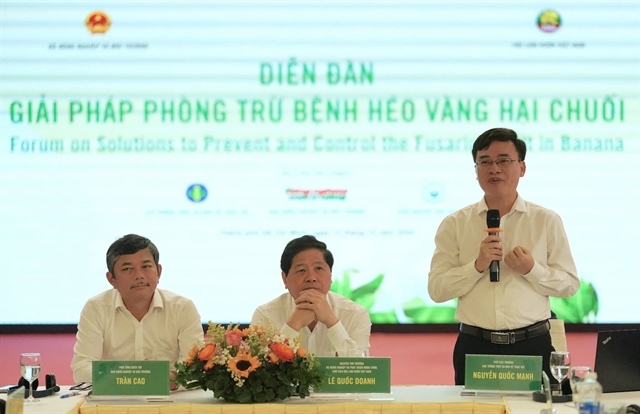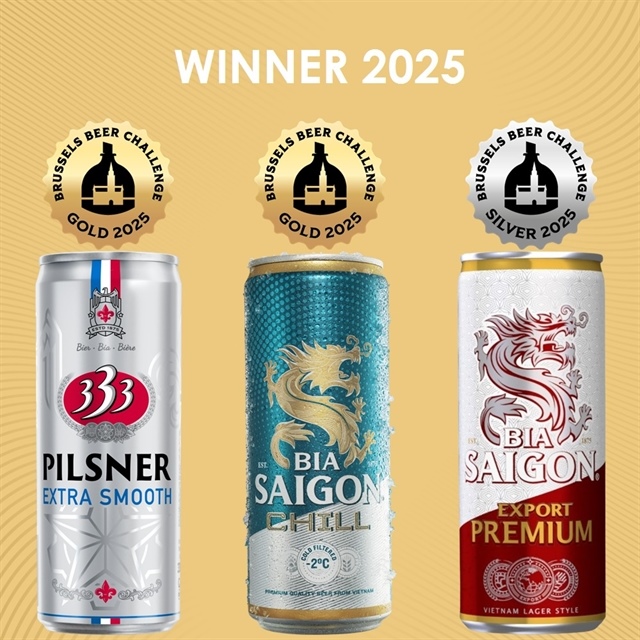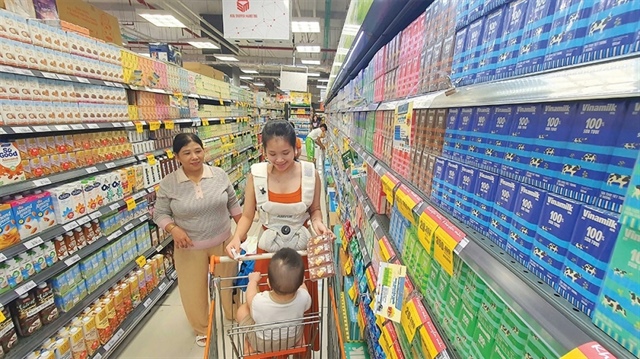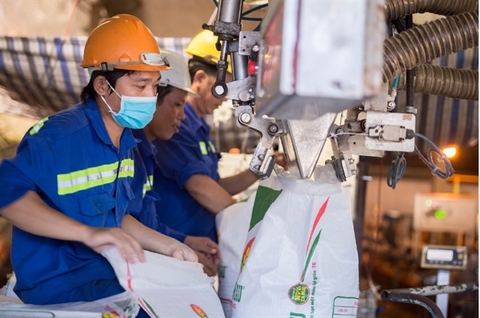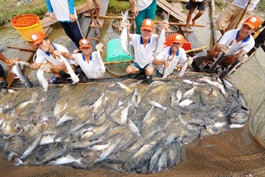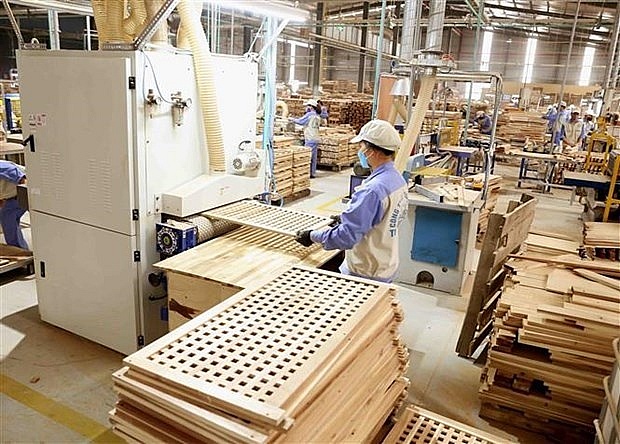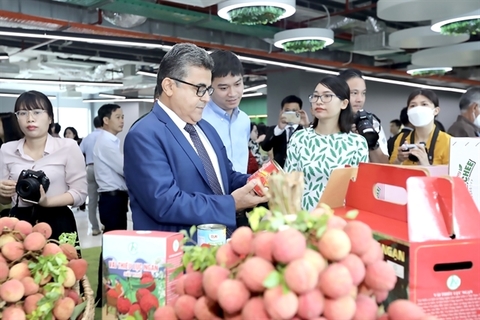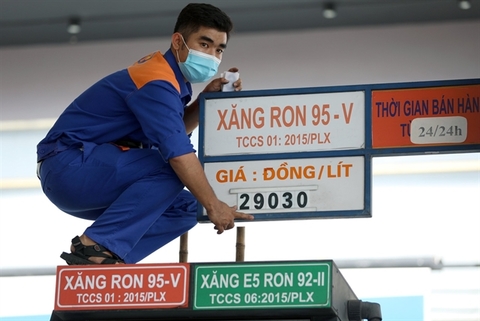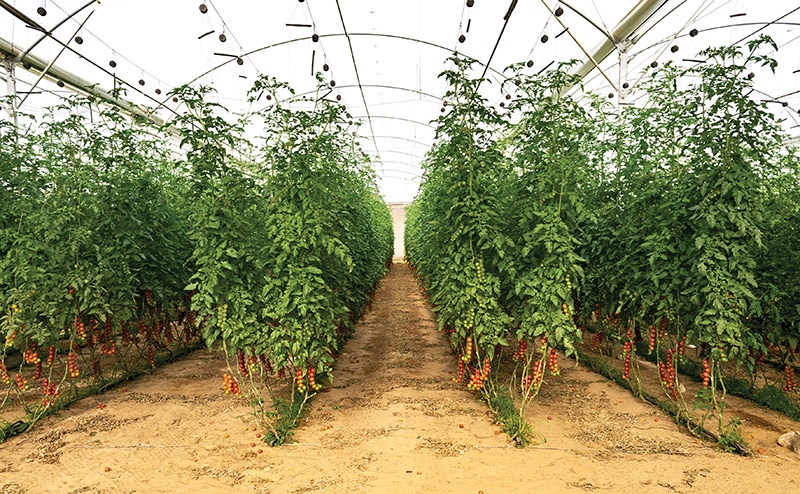Vietnam plans out domestic wood pivot
Vietnam plans out domestic wood pivot
To ease the dependence on imported wood and timber products, Vietnam aims to reduce the amount of imported material and instead strengthen the domestic supply – a goal the government aims to reach by applying a traditional carrot and stick approach.
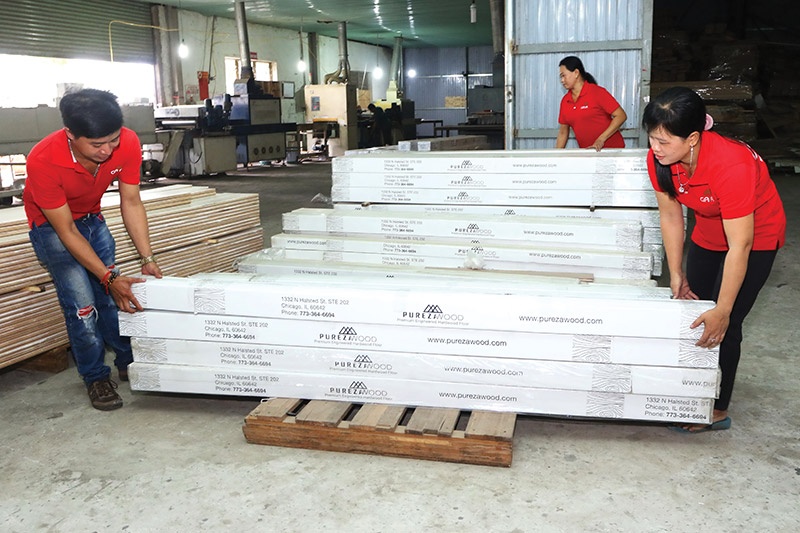
Woodsland JSC, as one of the biggest wooden furniture manufacturers in Vietnam, is making both interior and exterior wood products for IKEA in markets such as the EU, the United States, and Japan, without encountering many material problems.
Do Thi Bach Tuyet, chairwoman of Woodsland, said that the company uses up to 200,000 cubic metres of logs per year, of which the demand for raw wood from FSC and FM-certified forests is over 90 per cent.
In 2015, Vietnam’s wood industry reached out to the global trade chain, and many wood companies cooperated to develop large timber forests with FSC certificates. Woodsland has cooperated with five forestry companies in the northern province of Tuyen Quang to invest in the management of 28,000 hectares of forest and purchased FSC-certified plantation timber.
The company is also coordinating with forestry companies and groups of households to develop a forest management plan for at least seven years, so that it can create a wood material area to meet processing needs, according to Tuyet.
Data from the Vietnam Timber and Forest Product Association (ViForest) showed that the amount of imported wood to Vietnam is constantly increasing. From 2012 to 2021, Vietnam imported more than 4.8 million cu.m of raw wood each year, coming from 100 countries and territories. In 2021 alone, the amount stood at around six million cu.m of round logs.
Vietnam is importing wood materials mainly from Europe and North America. But the conflict between Russia and Ukraine has had a big impact on the supply of Russian wood materials worldwide, pushing the prices of European wood higher as well.
Vo Quang Ha, general director of Tavico Timber JSC, said, “The EU has retained a part of its wood material to make up for the outstanding imports from Russia. The auctions for raw wood are very competitive, and freight rates continue to remain high.”
Ha often has to do two things at the same time. “I need to convince customers to use domestic timber and find alternative sources of plantation timber. But this also poses many problems relating to the quantity and quality of resources and the stability of the domestic supply.”
Tavico’s plan to replace oak with locally grown acacia also faces many challenges. Raw acacia trees are entering the main harvest time of the year, but the selling price of this kind of wood remains very high.
According to ViForest, the price of imported wood has increased sharply since the beginning of 2021. For instance, imported lumber increased from $275 per cu.m in December 2020 to $561 per cu.m in March this year.
ViForest believed that Vietnam is using about 70 per cent of its domestic raw materials for woodworking for export. This wood comes from two main sources: Domestic ones, including concentrated plantations with about 21.5 million cu.m per year and rubber wood and other trees with about 9.5 million cu.m per year.
The second source is imported wood. On average, Vietnam imports about 5-6 million cu.m of raw wood each year, of which about 60-70 per cent are from legal sources, with the remainder belonging to riskier groups mainly used for local consumption.
However, Vietnam aims to replace imported wood sources in the long term. The government has adopted policy tools to convert more than 126,000ha of small forests to large timber plantations. Currently, the whole country has about 490,000ha of large timber plantations, but this figure is still modest compared to the number of production forests.
According to the General Department of Forestry, Vietnam is producing FSC and VFCS-certified wood. However, the implementation and maintenance of these certifications for afforestation units face many obstacles in terms of land, technology, market, and policy.
About 180,000ha of all plantations are FSC certified, yet only about 20-30 per cent of those trees are actually harvested.
Vietnam is trying to change the supply of wood products from large plantations. But foresters said that this does not mean that the country’s deep-processing enterprises can access the material in the future.
To increase raw materials for the wood industry, the government applies a carrot and stick tactic, which is attracting investment to support large timber plantations and a tax for the timber industry, with 2 and 10 per cent for exported chips and plywood respectively, in order to retain domestically planted forest wood.


